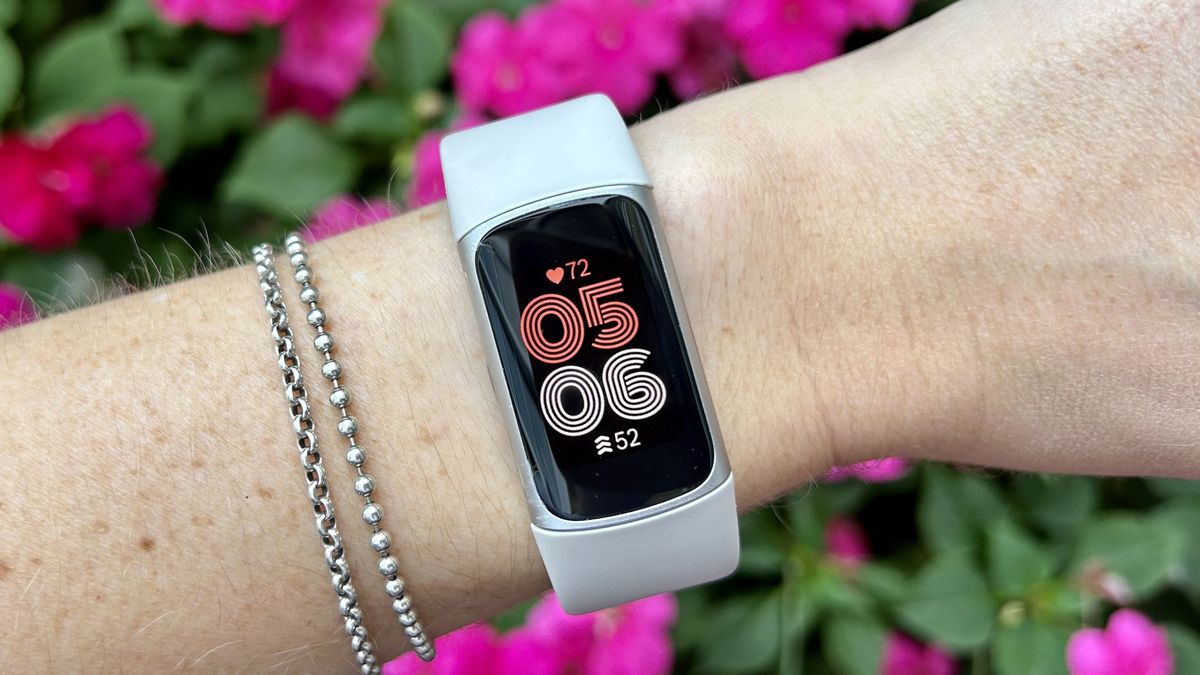The best fitness trackers we’ve tested do much more than count your steps. Many help you train for a marathon, guide your workout recovery, provide insights into sleep quality and even monitor for life-threatening health anomalies.
From the entry-level Fitbit Inspire 3 to the advanced Apple Watch Series 9, the best fitness trackers also perform the basics like monitoring heart rate, recording physical activity and rest, and providing daily progress reports. Some devices, like the Samsung Galaxy Watch 6, even have on-the-spot SpO2 and ECG readings.
Many can also pay for groceries, play music, answer texts, and check the weather, including the Fitbit Charge 6, Fitbit Sense 2, and Garmin Forerunner 265. But with so many capable devices to choose from, honing in on just one can be tricky, but that’s where we come in.
We’ve put the most popular fitness trackers and smartwatches to the test over numerous weeks by wearing them walking, running, biking, swimming — even sleeping — to see which models excel and which couldn’t make it past the starting block.
Jane McGuire
Jane McGuire is Tom’s Guide’s Fitness Editor and she’s spent years writing about all things health and fitness. She crossed the finish line of her last marathon in 3:38, with the Garmin Forerunner 965 on her wrist.
The quick list
These are the best fitness trackers you can buy right now based on our testing and reviews. Scroll on for our full in-depth reviews.
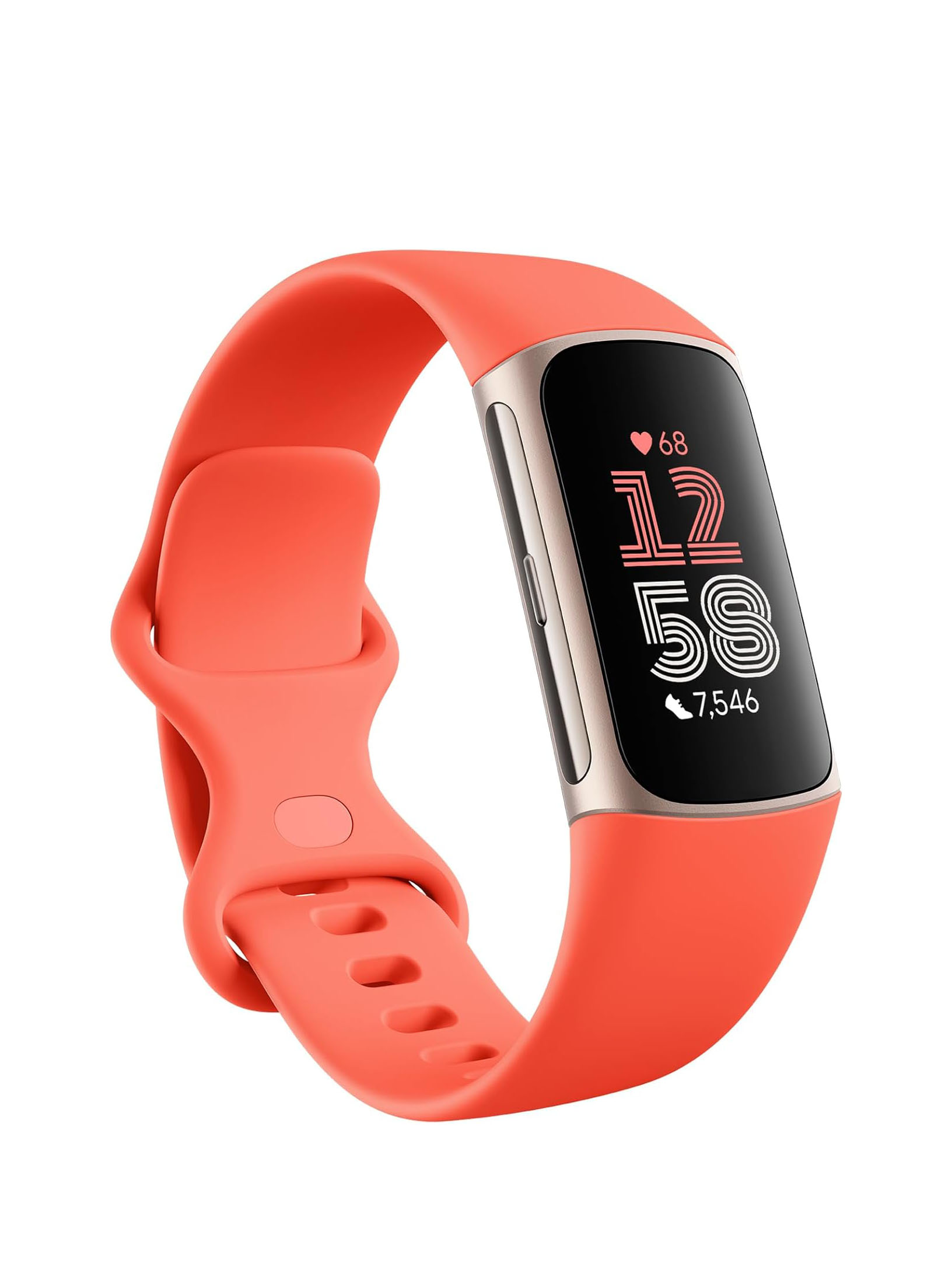
Best for most people
The Fitbit Charge 6 ticks all of the boxes when it comes to affordability, built-in GPS, a bright screen and all of the best fitness tracking metrics Google has on offer.
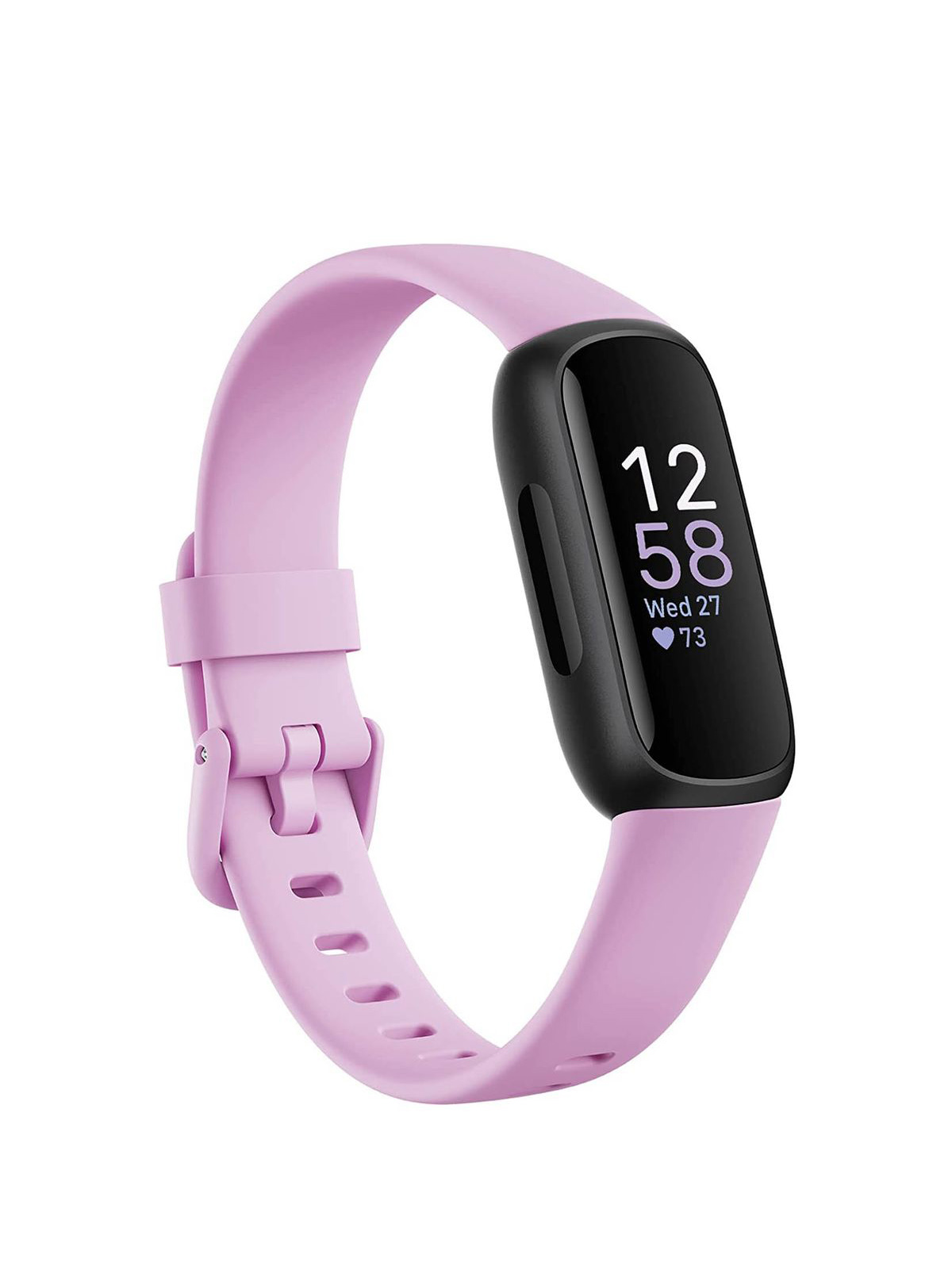
Best value
The Fitbit Inspire 3 is a lovely little fitness tracking device for those on a budget. For $100, you’re getting ten days of battery life, a colorful band and a bright screen, plus heart rate and sleep monitoring.
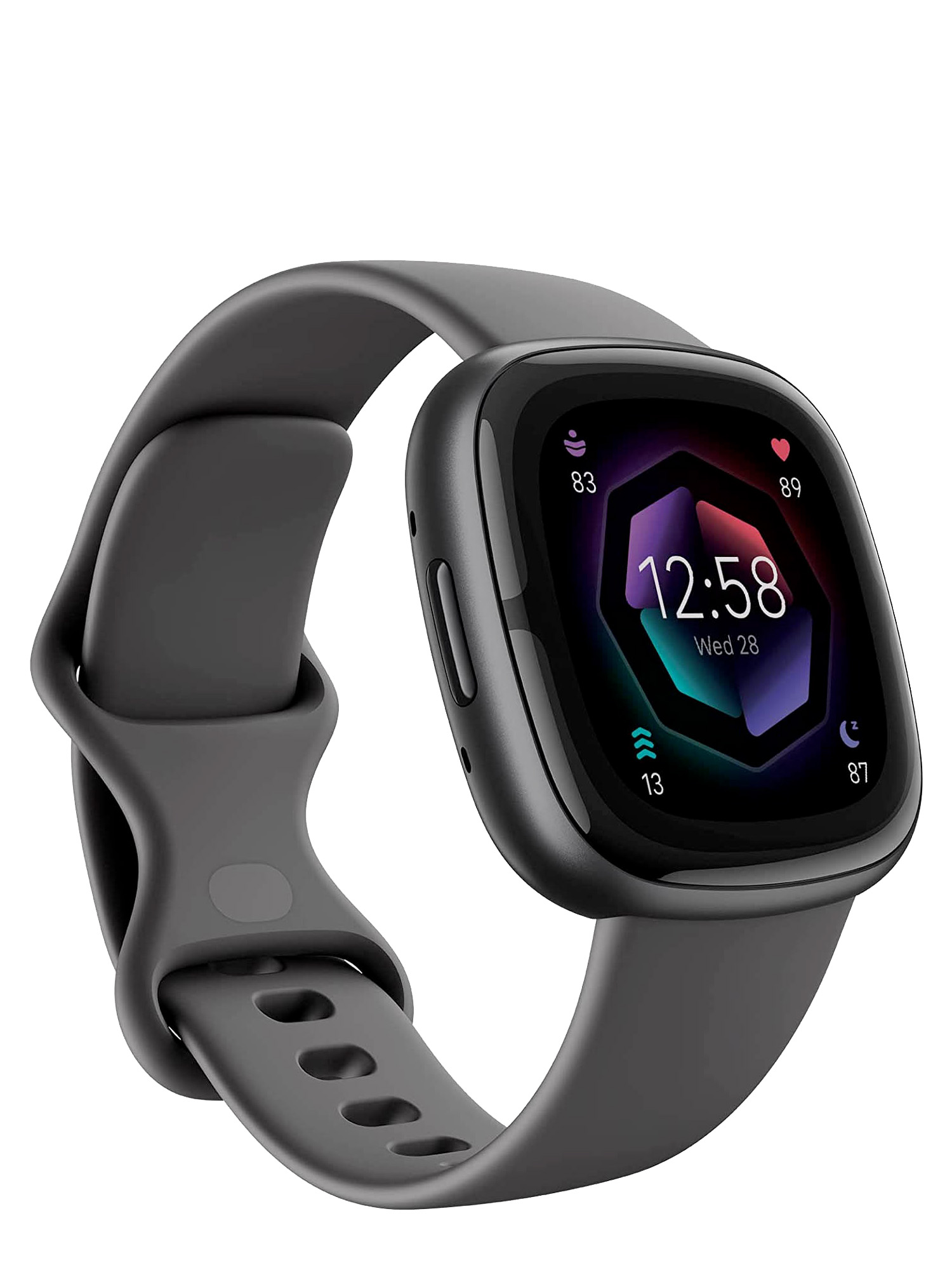
Best fitness tracking smartwatch
The Fitbit Sense 2 is a smartwatch jam-packed with health and fitness tracking features, including an EDA sensor, stress tracking and on-board GPS. Plus, it looks beautiful.
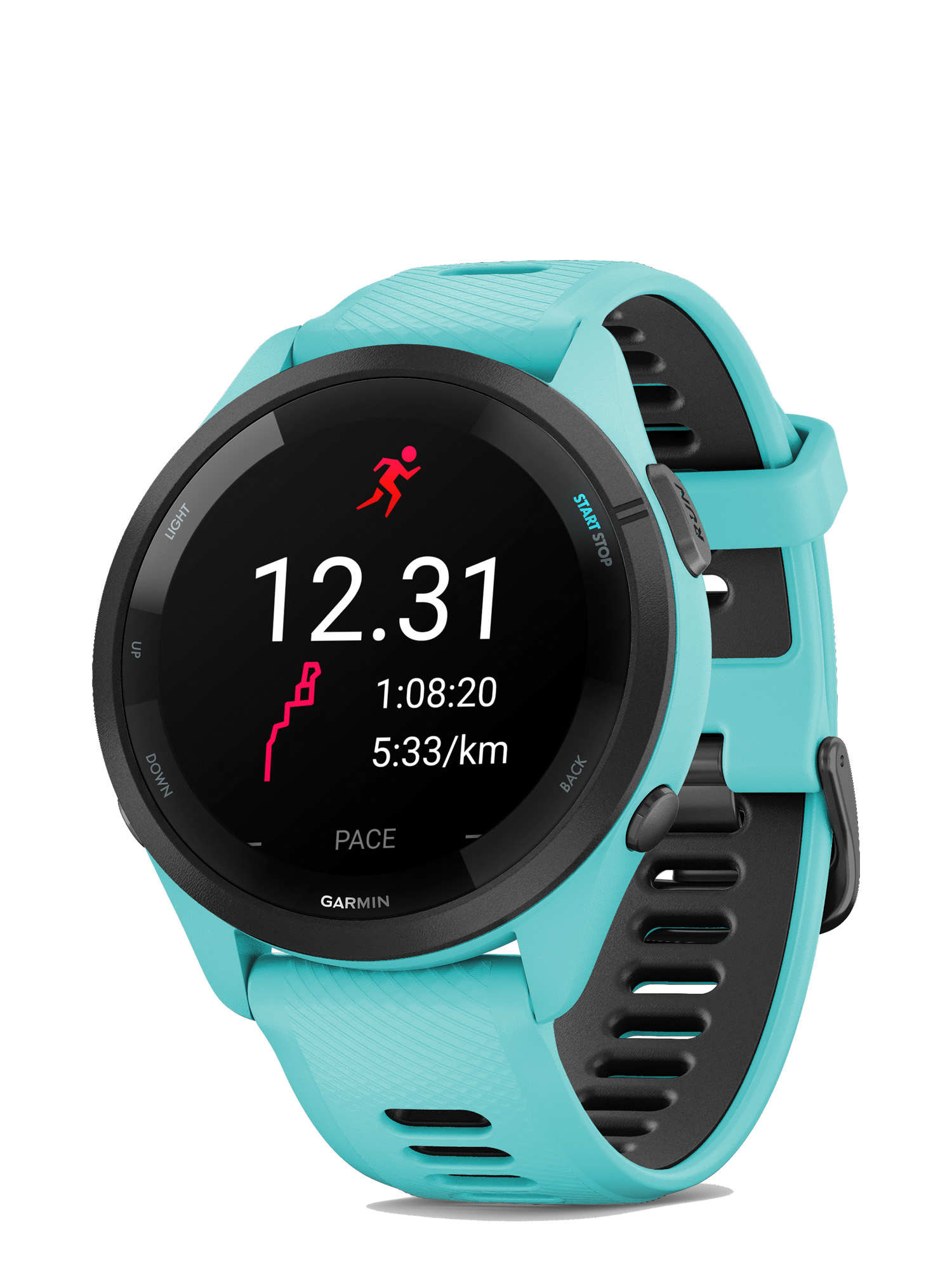
Best for runners
The Forerunner 265 is a stunning running watch with a bright, AMOLED screen. The watch comes in two different sizes and boasts an accurate GPS with advanced training and recovery metrics.
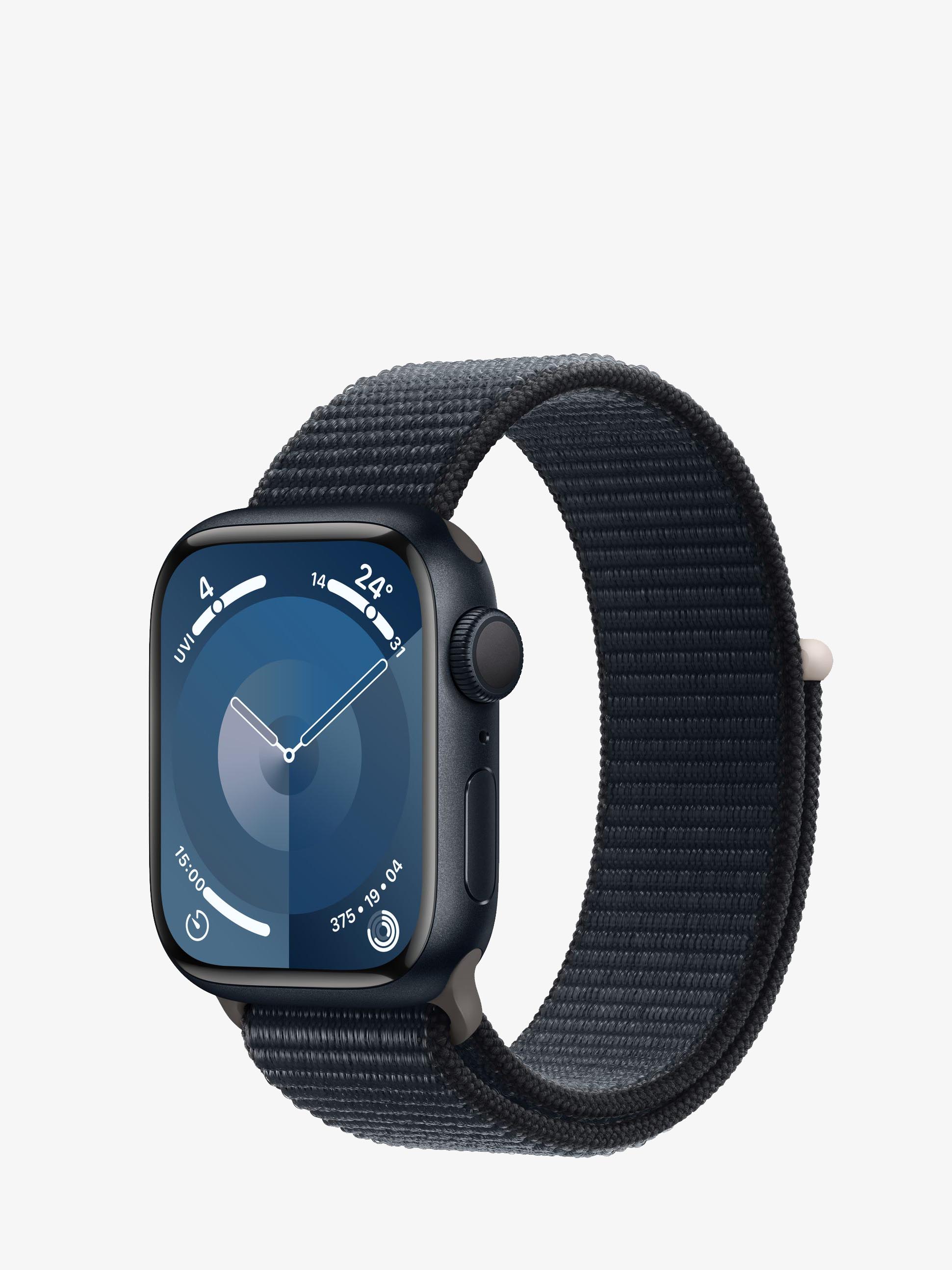
Best for iPhone users
The Apple Watch Series 9 is more than a fitness tracker. It’s an extension of your iPhone on your wrist, but it additionally tracks sleep, workouts and even your menstrual cycle.
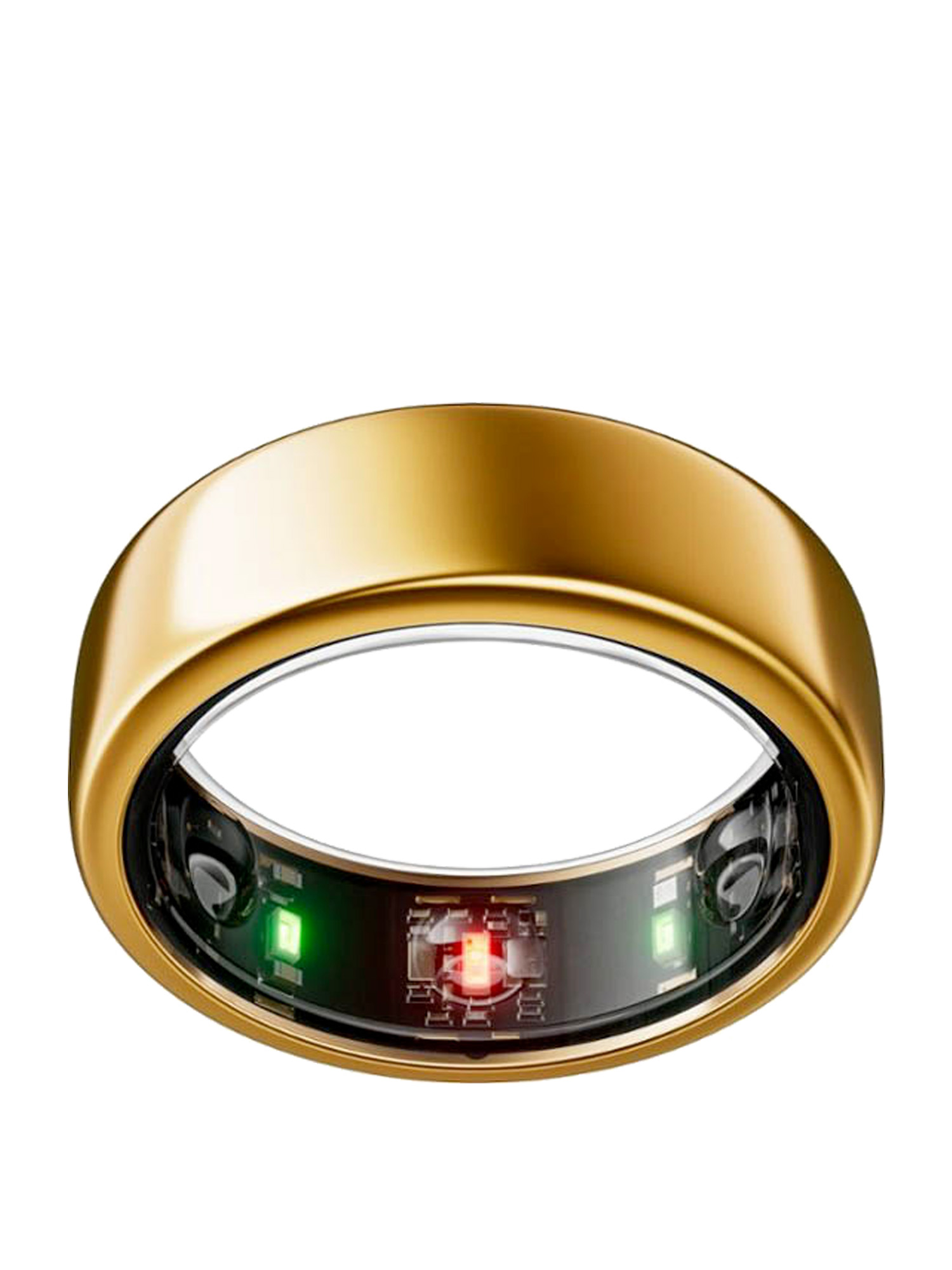
Best fitness tracker for sleep
In 2024, fitness trackers don’t have to just be worn around your wrist. The Oura 3rd Generation looks like jewelry but is one of the best sleep and wellness trackers we’ve tested.
Best fitness tracker overall

The Fitbit Charge 6 is Fitbit’s flagship fitness tracker, replacing the Fitbit Charge 5 in the brand’s line-up of devices. It has several exciting updates compared to the Charge 5 — the haptic side button is back, making it easier to navigate than before. Plus, you can now use the Charge 6 as a heart rate tracker when using NordicTrack, Peloton and Tonal gym equipment.
It’s also the first Fitbit fitness tracker to get Google Maps, YouTube Music and Google Wallet. However, Charge 6 users will need a Google Account now.
Of course, you buy a fitness tracker to track your fitness, and the Charge 6 does a solid job of this. Built-in GPS lets users accurately track runs, hikes and bike rides outside. It also has more sports modes than the Charge 5, allowing you to mix up your training.
During testing, we were impressed by how comfortable the Charge 6 is around the wrist and how easy it is to read in the bright sunlight. Simply put, the Fitbit Charge 6 is one of the best fitness trackers for most people today.
The upgrades made on the Fitbit Charge 5, namely the re-addition of a side button and the Google apps, have made what was already a great fitness tracker even better, in our eyes.
Read our Fitbit Charge 6 review here.
Best value fitness tracker
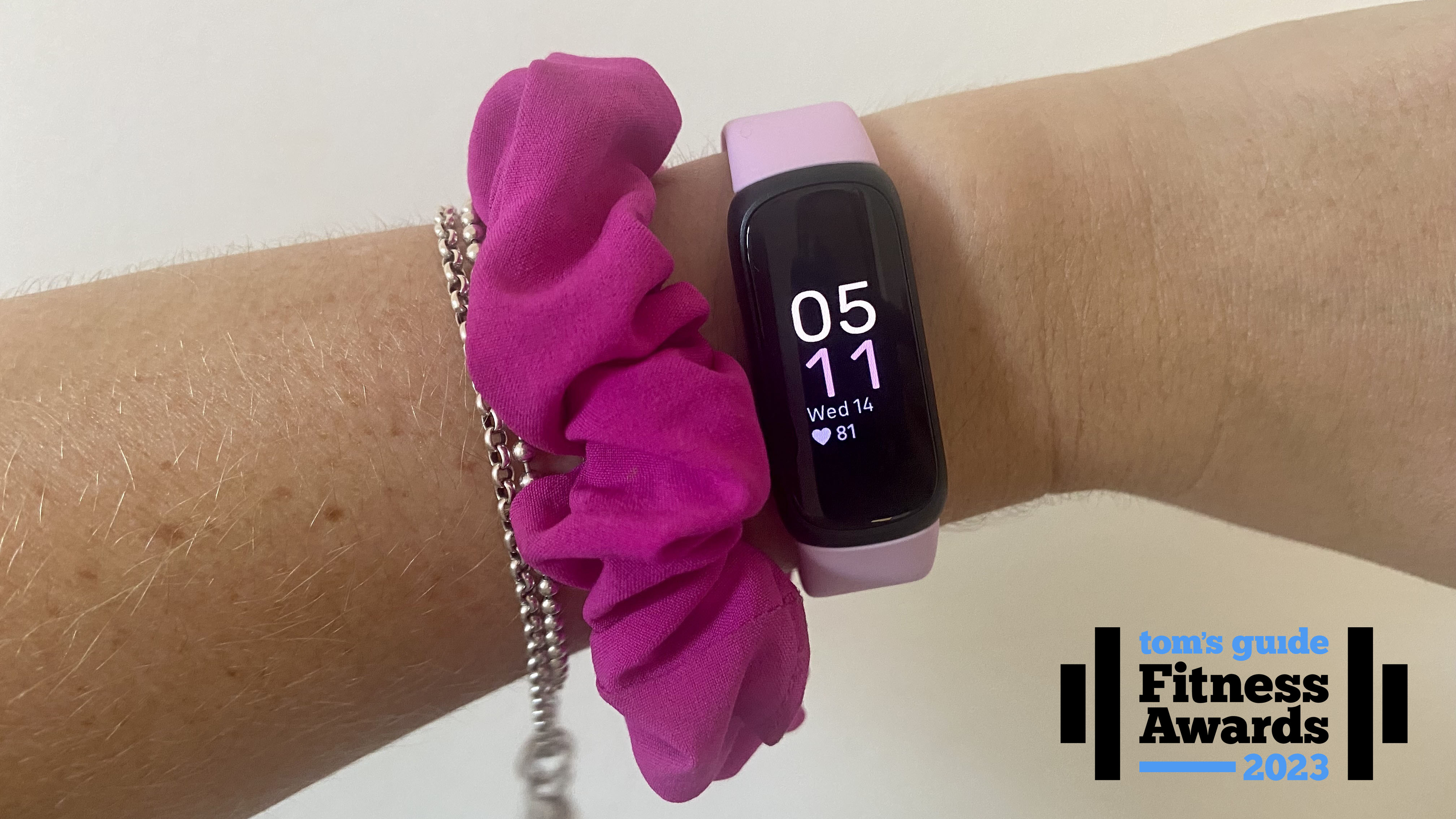
The Fitbit Inspire 3 is the best value fitness tracker because it nails the basics: heart rate monitoring, accurate workout tracking and logging sleep stages. The fact that it doesn’t have built-in GPS is slightly disappointing — you can connect it to your phone’s GPS — but the Inspire 3 makes up for it with other features, such as Fitbit’s inspiring (get it?) community of fitness-focused users. You can participate in challenges to out-pace friends, colleagues or even strangers.
For $100, you’ll get Fitbit’s Active Zone Minutes metric, ten days of battery life, touch controls, and, in the biggest update from the Fitbit Inspire 2, a bright, beautiful AMOLED screen. The Fitbit unit is only available in black but is sold with three different band colors — black, lilac and morning glow. The wristband comes in two sizes: small and large.
During testing, we loved how lightweight and comfortable this little tracker was to wear for 24/7 health tracking. We also appreciated how much more premium the tracker feels with a color screen. It won’t be for everyone, but if you’re looking for an affordable fitness tracker, you can’t go wrong with the Inspire 3.
The Fitbit Inspire 3 won Best Fitness Tracker in the 2023 Tom’s Guide Fitness Awards because you get an awful lot for under $100, and we were impressed at how easy it was to use.
Read our full Fitbit Inspire 3 review here.
Best fitness tracker under $50
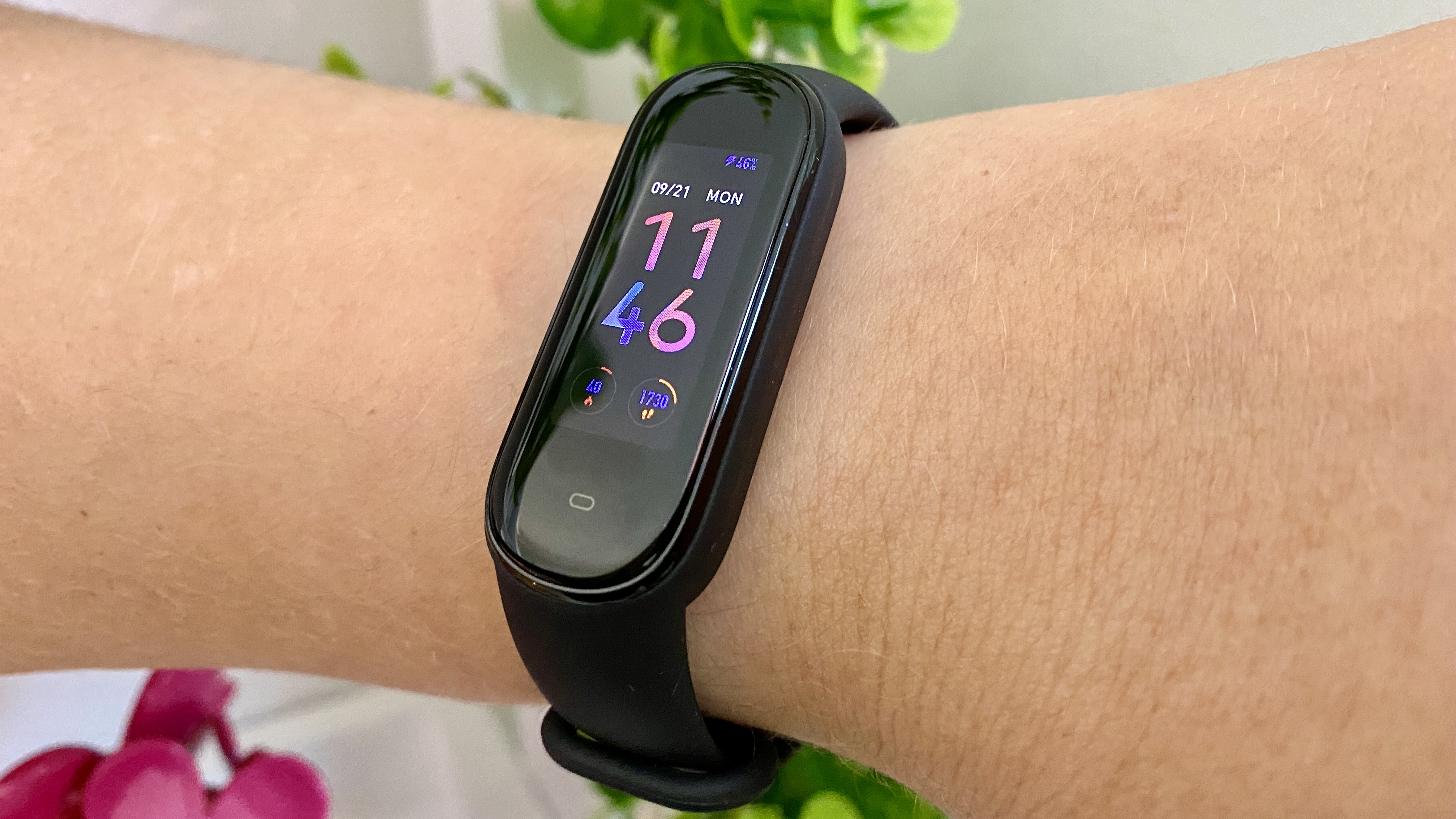
The Amazfit Band 5 is a $50 fitness tracker that promises many of the marquee features found in more premium smartwatches but at a fraction of the price. It has blood oxygen (SpO2) readings, stress monitoring, high heart rate alerts, Amazon Alexa built-in, sleep tracking and several other tools found in pricier offerings.
In our testing, the fitness and sleep tracking on the Amazfit Band 5 were good, not great, but respectable for the low cost while still offering more than other ~$50 trackers. Better yet, the 15-day battery life meant we didn’t need to worry about charging it all the time.
Read our full Amazfit Band 5 review.
Best fitness tracking smartwatch
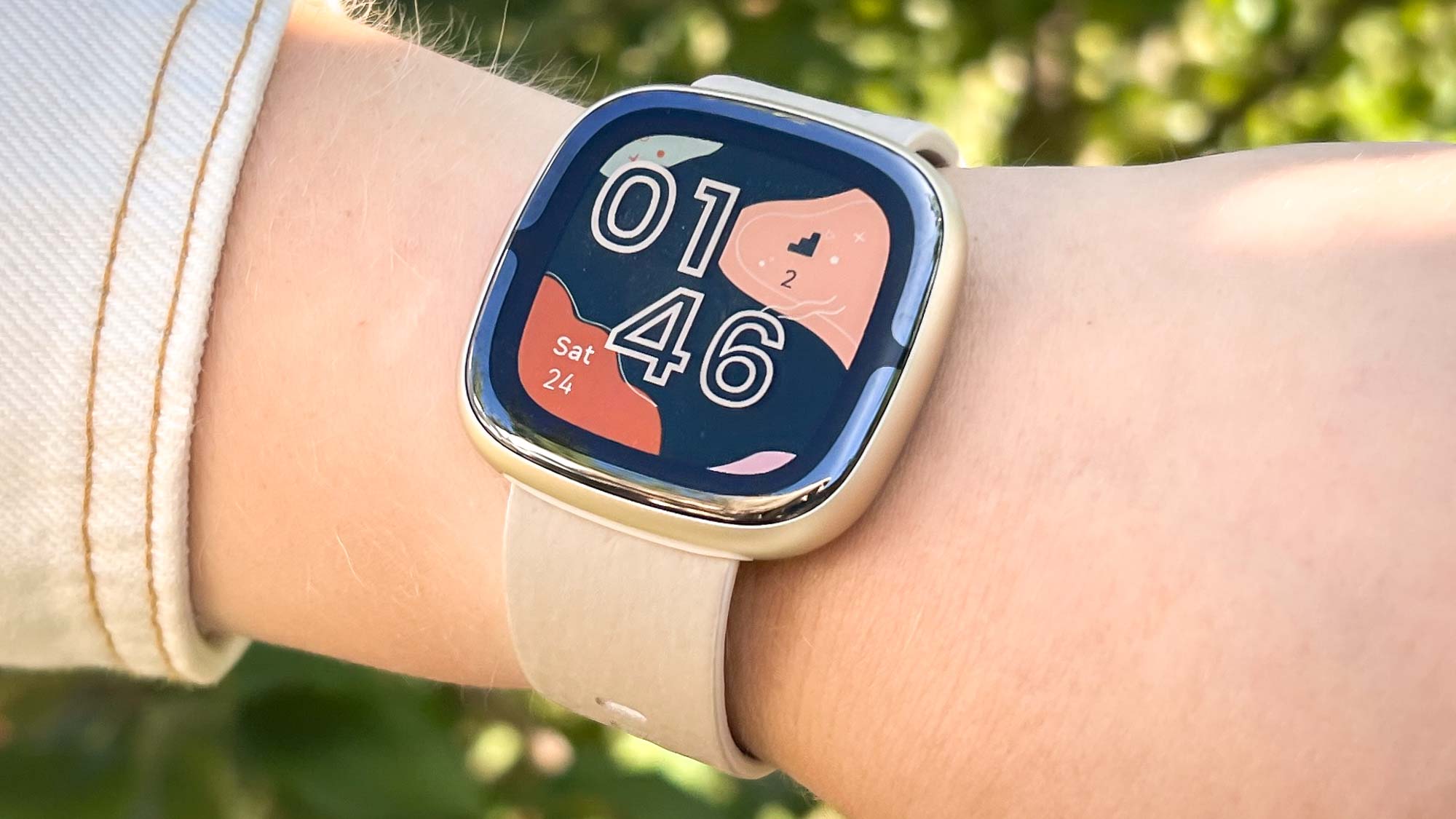
The Fitbit Sense 2 is the company’s top-shelf smartwatch that comes with more advanced health and wellness features than the Versa line. During our testing, we found that the Fitbit Sense 2 helped us gain a better overall view of our health.
Compared to the original Fitbit Sense, the Sense 2 features an upgraded design, interface and EDA sensor, making for Fitbit’s most holistic smartwatch yet. An update to the stress-detecting EDA (electrodermal activity) sensor plays a large role in the device’s success: now called cEDA (‘c’ for continuous,) the sensor monitors stress levels or heightened responses throughout the day, prompting the user to take action on mood monitoring with Body Response notifications.
As one of the best fitness trackers, the Sense 2 works with both iOS and Android and comes with on-board GPS, a native app store Alexa and more. No longer is Fitbit just a brand with products for tracking our steps: Fitbit devices like the Fitbit Sense 2 make for excellent smartwatches, too.
Read our full Fitbit Sense 2 review.
Best fitness tracker for runners
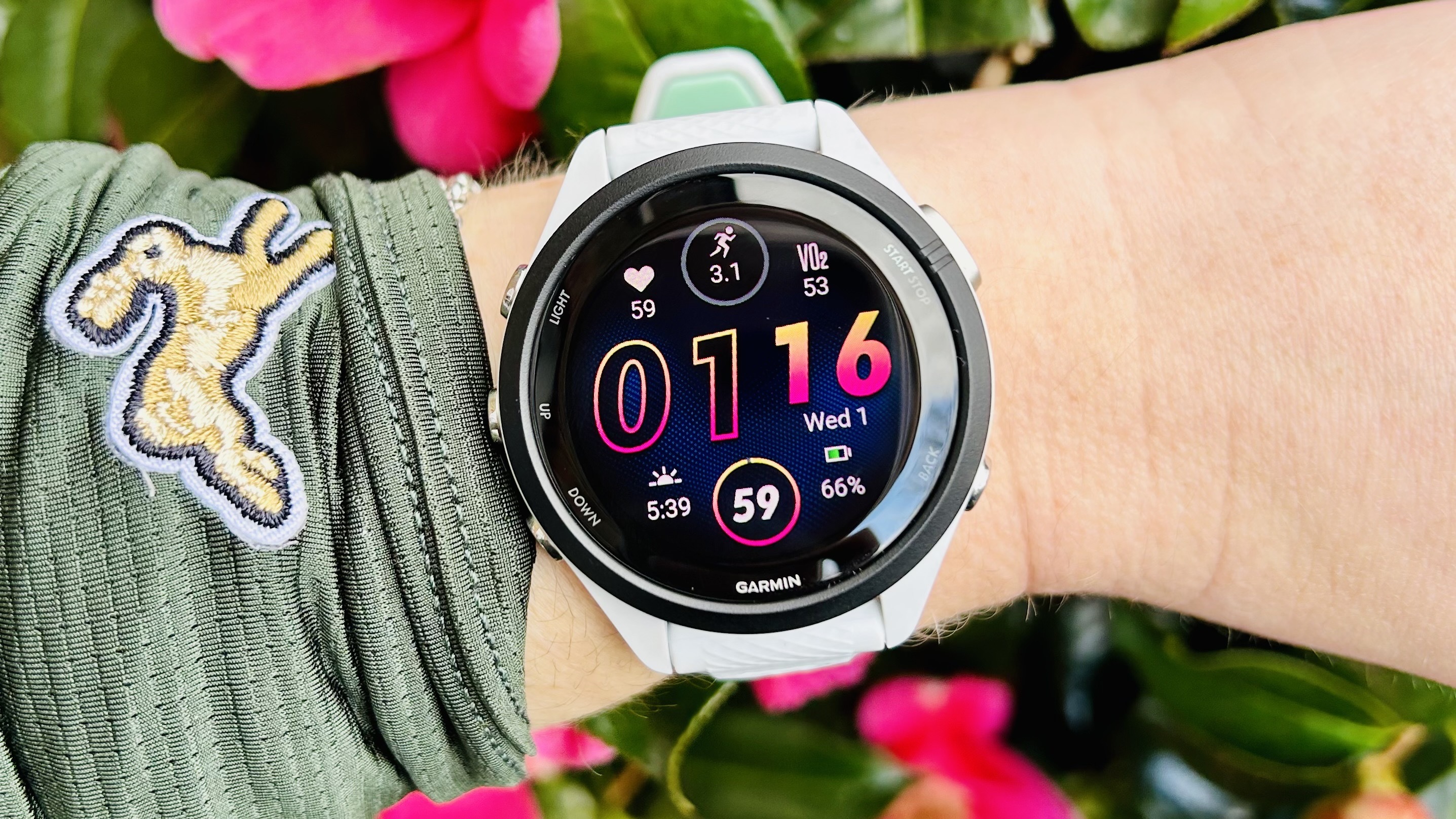
Garmin makes the best sports watches you can buy, and the Forerunner 265 is one of our favorites. This mid-range Garmin running watch has a bright, beautiful AMOLED screen, which is easy to see, even in direct sunlight.
The Forerunner 265 has the addition of triathlon and multisport modes, allowing you to track all of your training in one session. The 265 also comes in two different sizes — 42mm and 46mm. We tested the smaller watch and found it extremely neat and lightweight on the wrist. Like a lot of the other best Garmins, you can also download Garmin’s training plans onto the watch, helping you run and race smarter.
The Forerunner 265 also has a lot of Garmin’s more premium features on board, including the Morning Report and the Training Readiness Score, both of which help you get a better understanding of your overall health.
If you’re on a budget, now is a good time to check out the Garmin Forerunner 255, which is pretty similar, aside from the screen, and still a great buy. Unsure which to buy? Check out our Garmin Forerunner 255 vs Forerunner 265 face-off here.
Read our Garmin Forerunner 265 review.
Best Garmin fitness tracker
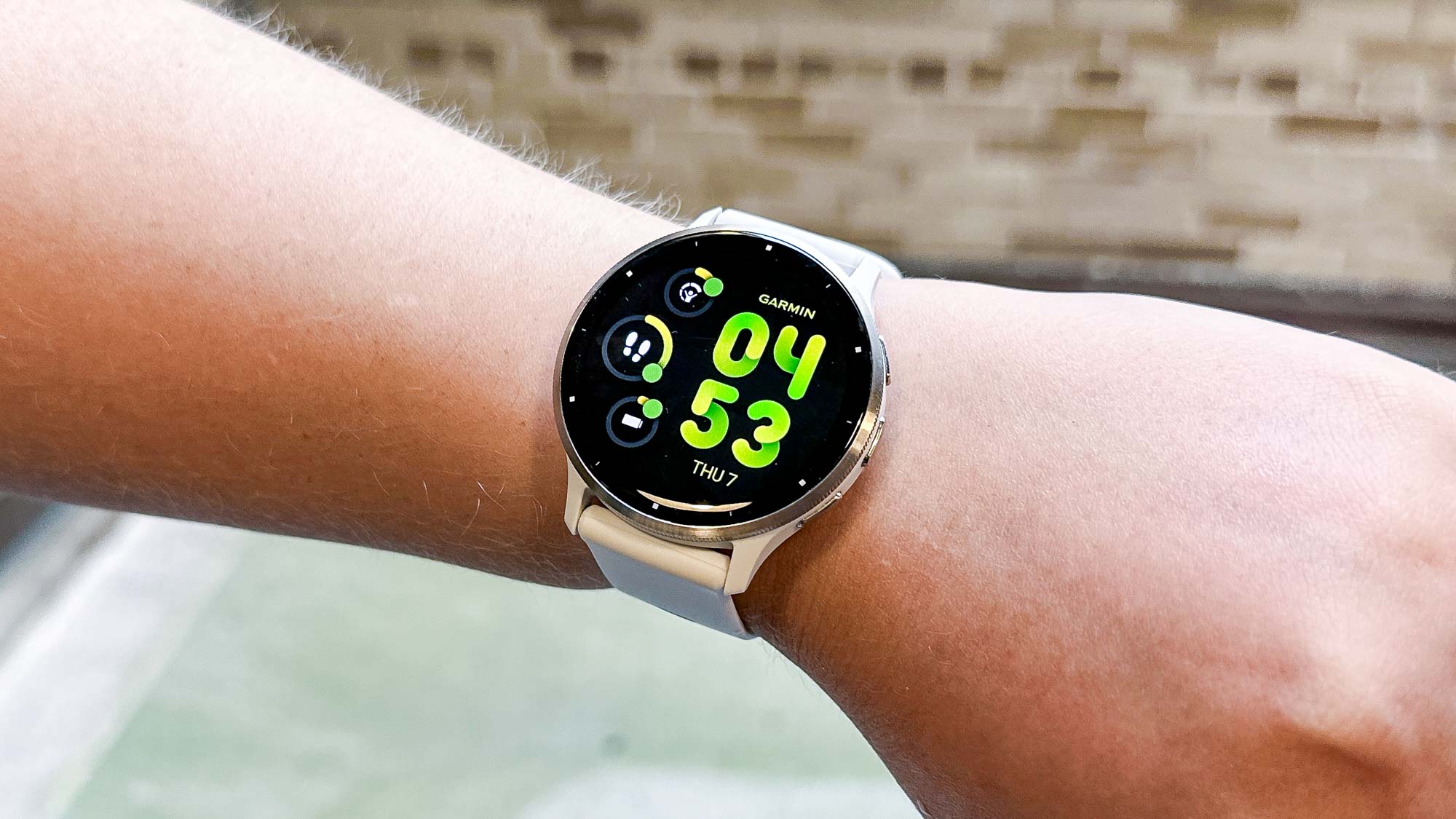
The Garmin Venu 3 is among the best Garmin smartwatches on the market today. A capable workout and wellness companion, the Venu 3 is also plenty stylish. $449 gets you a solid fitness tracker with accurate onboard GPS, mirrored smartphone notifications, an on-wrist voice assistant and more.
Garmin lacks a large third-party app store and continues to steer clear of LTE support. However, the Venu 3 does support mobile payments and provides offline music storage, allowing users to truly leave their smartphones at home without worry.
Other new features include nap-tracking and a virtual sleep coach. The Venu 3 also provides daily rest and recovery summaries along with wellness suggestions. Plus, it tracks an enormous range of physical activities. And 14 days of battery life means you won’t often be reaching for a charger.
Read our full Garmin Venu 3 review.
Best fitness tracker for body stats
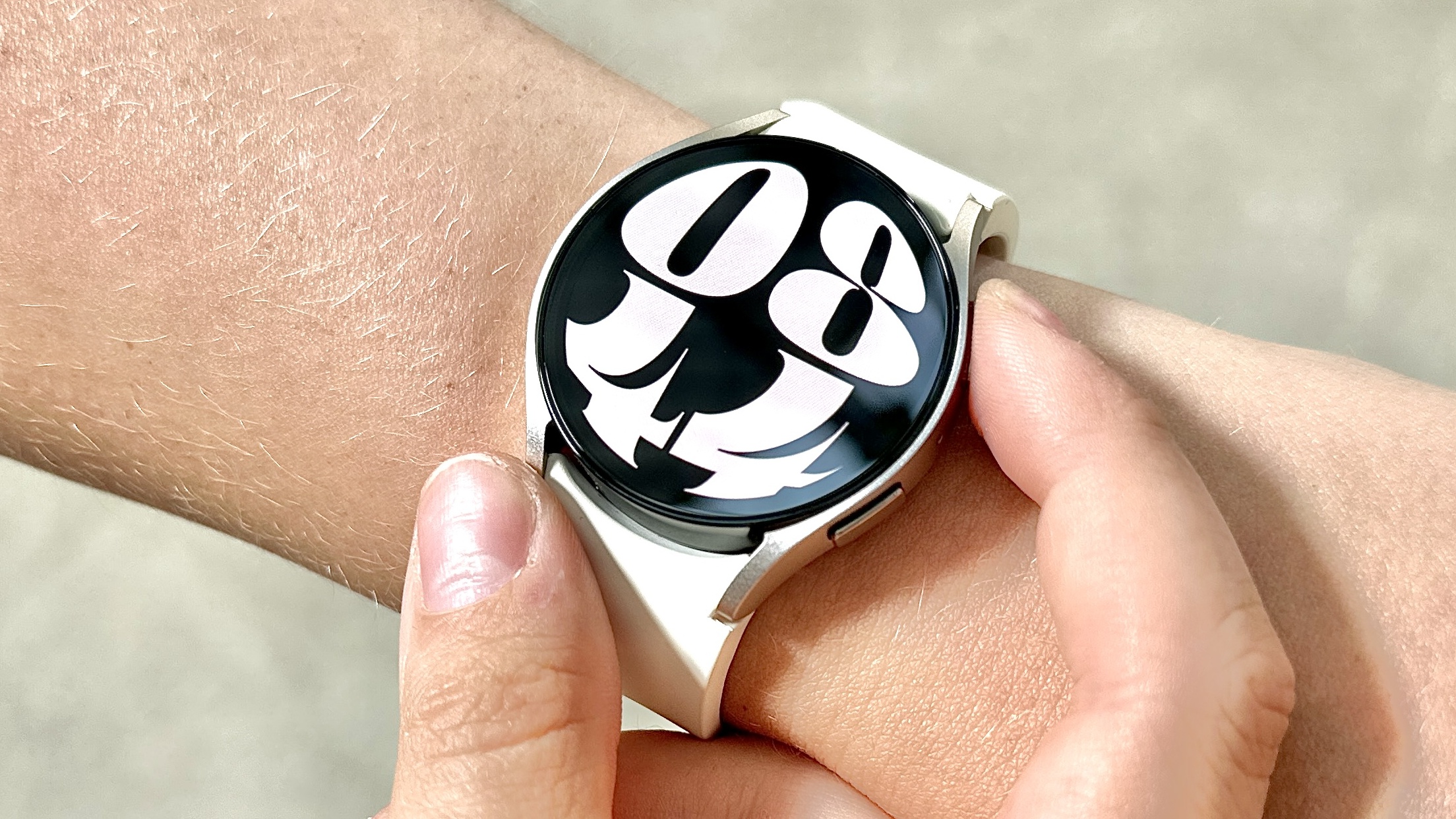
Whether you’ve got a Samsung phone or not, the Samsung Galaxy Watch 6 is an impressive fitness tracker and one of the best smartwatches you can buy. The Watch 6 has a huge focus on one important health metric many of us overlook: sleep.
The watch has a more comprehensive Sleep Score Factor analysis that accumulates sleep time, sleep cycle, awake time, plus physical and mental recovery data to help users understand their quality of sleep. Users will also be assigned an animal that best represents their sleep behaviors, complete with a correlated watch face dedicated to the cause.
Like older versions of the watch, you still get the body composition analysis feature, plus SPo2, ECG and heart rate monitoring. There is also a new Personalized Heart Rate Zone feature for workouts and an Irregular Heart Rhythm notification feature that detects signs of aFib.
Like the Apple Watch Series 9, the Galaxy Watch 6 has a skin temperature sensor to inform things like menstrual cycles, stress and sleep data.
Read our Samsung Galaxy Watch 6 review.
The best fitness tracker subscription
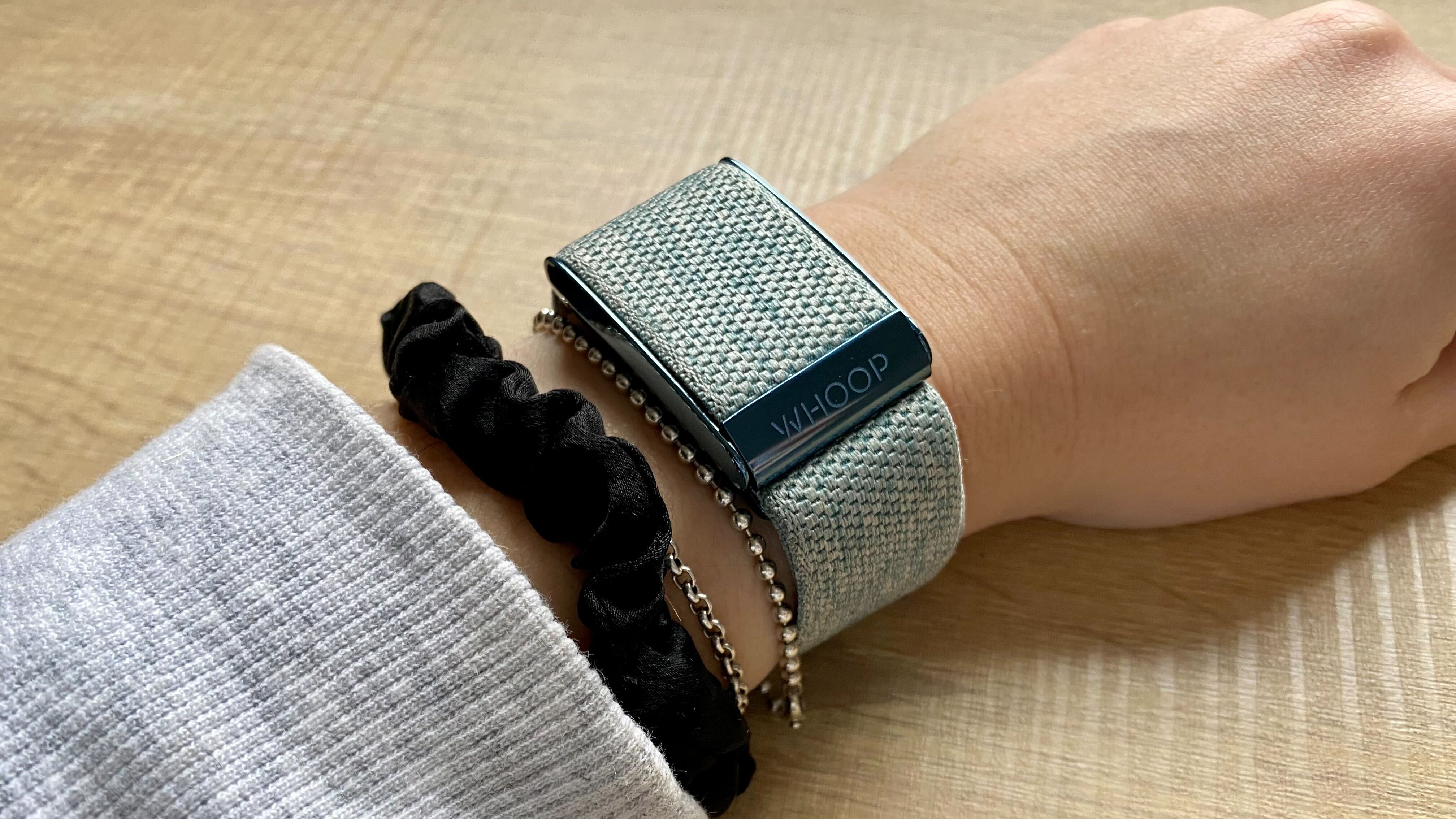
This one is a little different — the Whoop 4.0 isn’t a fitness tracker you can go out and buy but one you subscribe to. There is no screen or in-built GPS. Instead, the Whoop band focuses on recovery and heart rate to help users better understand their body and its response to training.
The Whoop 4.0 is undoubtedly a brilliant health tracker for anyone looking for enhanced health insights — there are clear reasons why many top athletes have been spotted with one on their wrist or around their bicep. For a coach or trainer, this data is invaluable.
We’ve yet to touch on insights such as skin temperature, which can be used as a metric to see when your core body temperature is rising — this could be a sign a user is getting ill. The Whoop 4.0 also provides industry-leading sleep-tracking data.
Are you looking for a fitness tracker you can wear in the gym or on your run to get live feedback? If so, the Whoop is probably not for you. But if recovery metrics are your number one focus, once you get used to it, the Whoop 4.0 occupies a unique place in the market.
Read our full Whoop 4.0 review.
Best fitness tracker for iPhone users
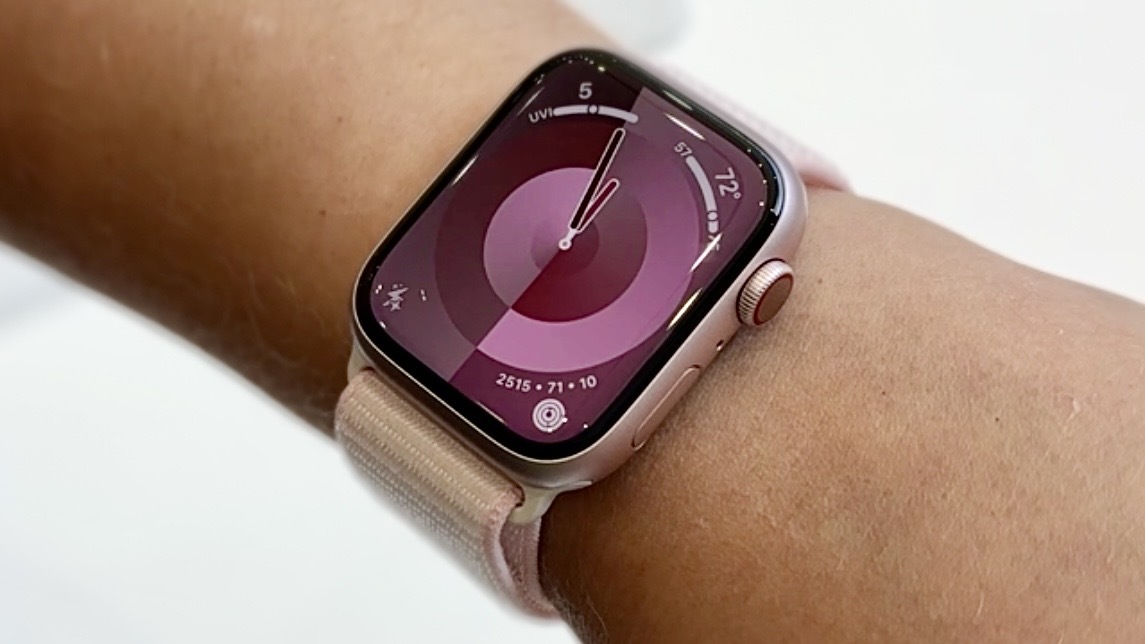
With the exception of a subtle pink finish, there’s nothing noteworthy looks-wise with the Apple Watch Series 9. Instead, its S9 processor introduces the watch’s most significant performance boost in years, powering a brighter display and faster Siri interactions. An improved ultra-wideband chip enables new ecosystem functions, too. What’s more, the new double tap gesture makes it possible to carry out a slew of Apple Watch Series 9 controls one-handed.
Like the Apple Watch Series 8, the Series 9 has a skin temperature sensor, which allows users to get more accurate sleep data and menstrual cycle tracking. While not much has changed from a fitness-tracking perspective, during testing, we found the Apple Watch 9 faster. When switching between apps and navigating menus, the Series 9 certainly felt more responsive next to the Series 8. Using the new Smart Stack UI in watchOS 10 felt effortless as well.
The display is also brighter on the Apple Watch 9, at 2,000 nits. That’s double the brightness rating of the Apple Watch Series 8, making it easier to see your stats on the move. Thanks to all the performance upgrades, this is the best Apple Watch you can buy right now.
Read our full Apple Watch Series 9 review
Best fitness tracker for sleep
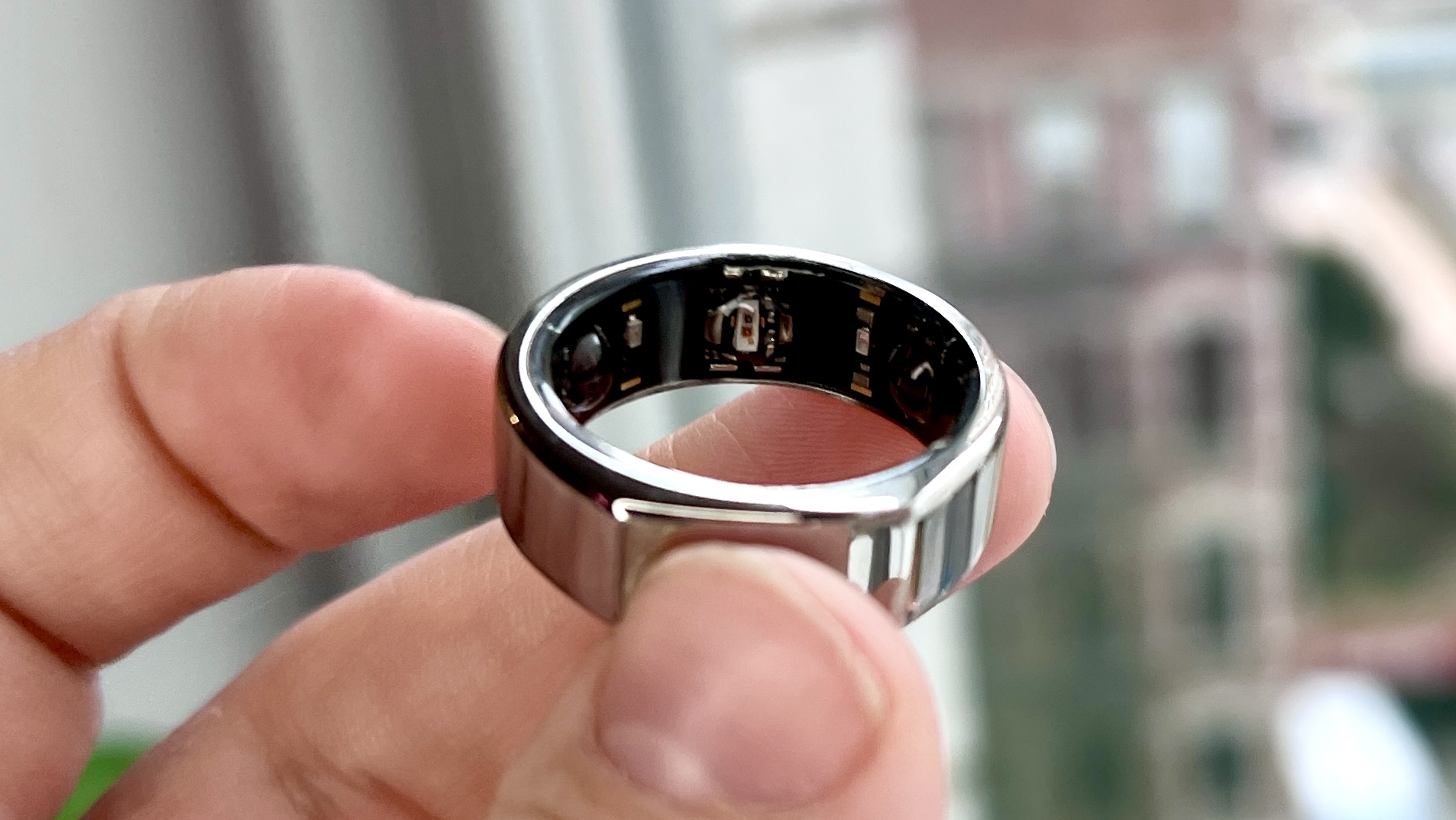
The Oura ring isn’t your typical fitness tracker. For one, it’s literally a ring, so you wear it on your index finger rather than your wrist. It also doesn’t have any buttons or physical controls. That said, while you might not be able to see your pace on the run, the Oura ring tracks just about everything else when it comes to your health. The ring monitors your sleep, heart rate, respiratory rate, and body temperature. It also features a 3D accelerometer for detecting movement.
It’s available in four different metal finishes, but you’ll need to use a sizing kit to find the proper fit. While the sizing process is a little tedious, it’s essential to fitting something you’re supposed to wear 24/7. Once on your finger, you’ll also need to pay a $5.99 monthly subscription to use the ring.
During testing, we found that the ring came into its own as a sleep tracker. The Oura ring makes it easy to see, at a glance, how well you’ve slept and where you need to improve. Here’s more on the Oura Ring vs Apple Watch 8 as a sleep tracker. It can also be synced with Natural Cycles to make it easier to track your menstrual cycle.
Read our full Oura Ring Generation 3 review
How to choose the best fitness tracker
When buying a fitness tracker, you should first evaluate your needs. What do you want to track? If you’re only using it at the gym to count your steps and your heart rate, a simpler, less expensive fitness tracker will suit you fine.
If, however, you plan to do more outdoor activities, such as running or biking, you may want a fitness tracker with built-in GPS, so you can more accurately see where you’re going, and where you went. Dedicated runners and athletes will want to check out our best GPS watches page, too.
If you plan to use the fitness tracker for swimming, you’ll want to make sure it’s not only waterproof, but that it can also track your laps in the pool.
Many of the best smartwatches have fitness-tracking capabilities, too, and have additional features such as responding to text messages and paying for purchases. But there are trade-offs. However, smartwatches as a whole tend to be more expensive and have shorter battery life than dedicated fitness trackers.
How we test the best fitness trackers
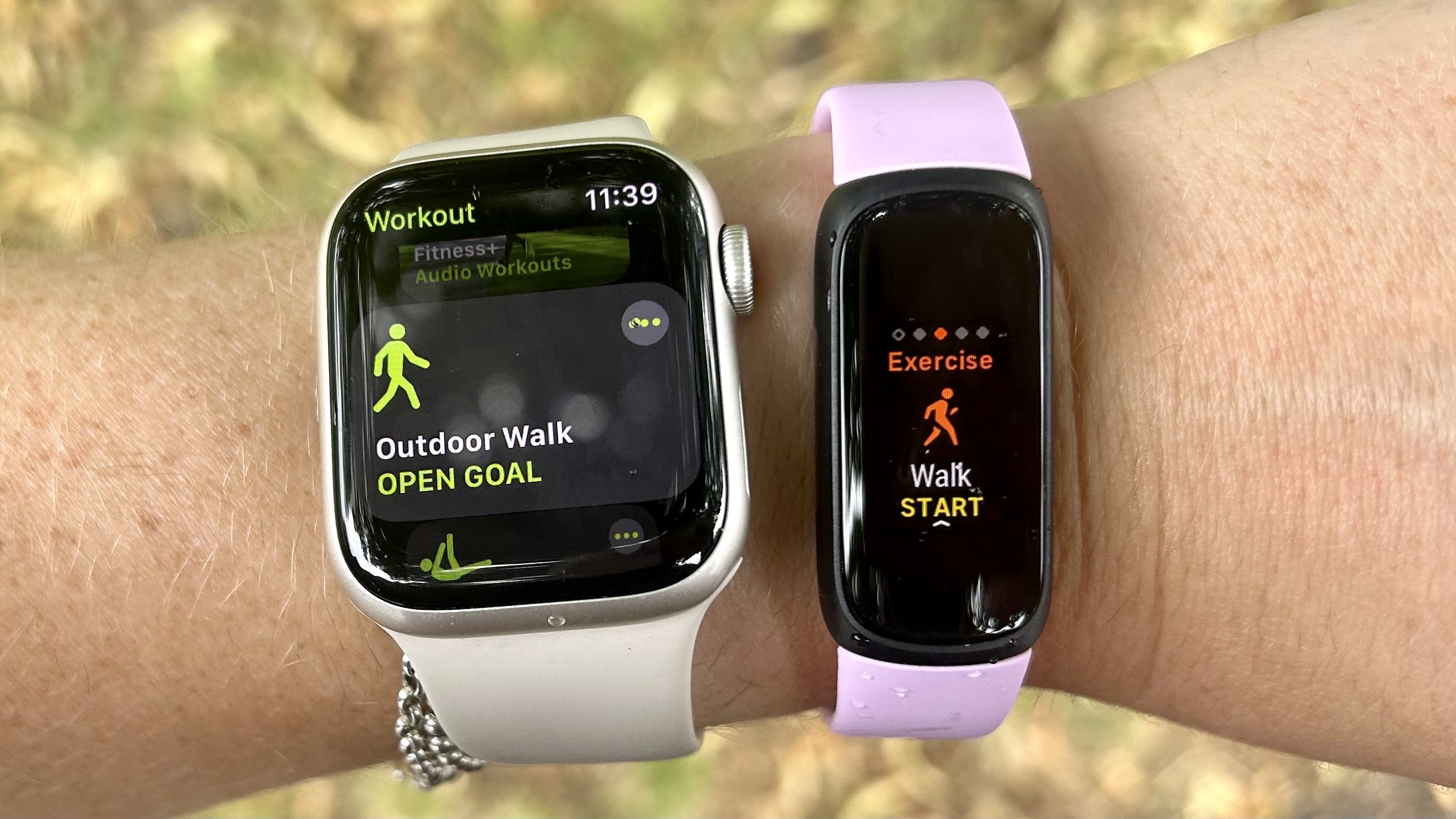
For each new fitness tracker, we evaluate its hardware design and comfort; you need to be able to wear the device all day, and we’ve found that some larger trackers don’t fit well on smaller wrists. If the device has a touchscreen, we look to see how readable it is, especially in bright sunlight. We also examine how easy it is to navigate the fitness trackers’ menus; you don’t want to have to dig through multiple screens to change your music if you’re out running.
We also evaluate features such as step counting and sleep monitoring, distance calculations and when applicable, GPS and heart rate accuracy. And, we see how well a manufacturer’s battery life claims hold up in real-world testing.
Finally, we test how well a device pairs with its companion app, and evaluate the experience of using the two together. We also look to see what features the device’s app supports, such as coaching and diet tracking, and if it can sync data with third-party apps, such as MyFitnessPal.
Features comparison
| Header Cell – Column 0 | Fitbit Charge 6 | Fitbit Inspire 3 | Amazfit Band 5 | Fitbit Sense 2 | Garmin Forerunner 265 | Garmin Venu 3 | Samsung Galaxy Watch 6 | Whoop 4.0 | Apple Watch 9 | Oura Ring gen 3 |
|---|---|---|---|---|---|---|---|---|---|---|
| Screen size and type | 1.4-inch AMOLED | 0.7-inch AMOLED | 1.1-inch AMOLED | 1.6-inch AMOLED | 1.1-inch AMOLED (265S), 1.3-inch AMOLED (265) | 1.4-inch AMOLED (Venu 3), 1.2-inch AMOLED (Venu 3S) | 1.5-inch AMOLED (44mm), 1.3-inch AMOLED (40mm) | n/a | 1.7-inch LTPO | n/a |
| Weight | 1.33 oz | 0.62 oz | 0.86 oz | 0.8 oz | 1.4 oz (265S), 1.65 oz (265) | 1.05 oz (Venu 3), 0.95 oz (Venu 3S) | 1.1 oz (44mm) / 1 oz (40mm) | 0.53 oz | 1.50 oz (41mm), 1.82 oz (45mm) | 0.1-0.2 oz |
| Battery life | 7 days / 5 hours w/ GPS | 10 days | 15 days | 6 days / 5 hours w/ GPS | 15 days / 24 hours w/ GPS (265), 13 days / 20 hours w/ GPS (265) | 14 days / 26 hours w/ GPS (Venu 3), 10 days / 21 hours w/ GPS (Venu 3S) | Up to 40 hours | 4-5 days | 18 hours (36 hours with low power mode) | 7 days |
| Built-in GPS | Yes | No | No | Yes | Yes | Yes | Yes | No | Yes | No |
| Touchscreen | Yes | Yes | Yes | Yes | Yes | Yes | Yes | No | Yes | No |
| Payment | Yes – Google Pay | No | No | Yes – Google Pay | Yes – Garmin Pay | Yes – Garmin Pay | Yes – Samsung Wallet | No | Yes – Apple Pay | No |
| Heart rate monitor | Yes | Yes | Yes | Yes | Yes | Yes | Yes | Yes | Yes | Yes |

